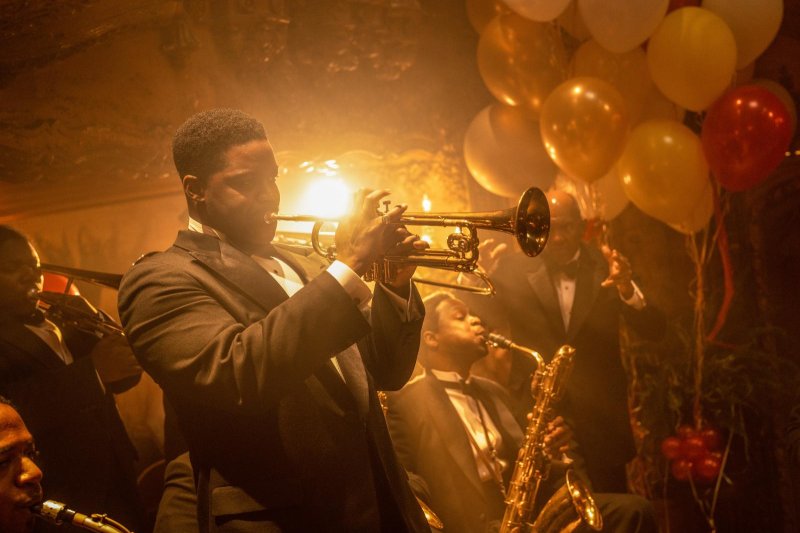The Dizzying Debauchery of Babylon

In the annals of ancient history, few civilizations have left as indelible a mark on the world’s collective imagination as Babylon. Revered for its architectural marvels, grandeur, and mythical tales of excess, this Mesopotamian metropolis stood as a beacon of opulence and decadence, captivating generations with its dizzying debauchery.
Nestled along the banks of the Euphrates River, Babylon flourished as the capital of the Babylonian Empire, reaching its zenith under the reign of King Nebuchadnezzar II in the 6th century BC. Its fame soared, fueled by the mythical Hanging Gardens, one of the Seven Wonders of the Ancient World. Legend has it that these gardens, a testament to the king’s love for his wife, cascaded in terraces of lush greenery and vibrant flora, a mesmerizing spectacle amid the arid landscape.
Yet, beyond the verdant allure of the Hanging Gardens, Babylon’s allure lay in its unrestrained revelry and debauched opulence. The city’s vibrant streets buzzed with life, adorned with opulent palaces, temples, and bustling markets teeming with exotic goods. Babylonian society was characterized by its indulgent festivals, lavish ceremonies, and extravagant displays of wealth.
At the heart of Babylonian excess were the grandiose feasts and banquets. These gatherings weren’t mere meals; they were flamboyant spectacles of hedonism and opulence. The elite reclined on sumptuous cushions, indulging in an endless flow of wine while exotic delicacies from across the empire adorned tables—a symbol of wealth and power. The famed Hanging Gardens might have been an oasis of tranquility, but within the city walls, Babylonians reveled in a cacophony of excess and pleasure.
One cannot delve into Babylon’s debauchery without confronting its association with the biblical tale of the Tower of Babel. The story symbolizes the city’s hubris, depicting a society aiming to reach the heavens, ultimately punished with linguistic confusion. Whether historical truth or allegorical warning, the tale adds a layer of mystique to Babylon’s allure, perpetuating its enigmatic legacy.
Yet, as with many civilizations, Babylon’s splendor was not impervious to decline. The empire faced upheavals, conquests, and the inexorable passage of time. Alexander the Great’s conquest in 331 BC marked the city’s decline, and subsequent invasions and the ravages of time buried much of its majesty beneath layers of history.
In the modern era, Babylon endures as a symbol of excess, inspiring countless artistic and literary works. Its legacy is as much a cautionary tale about the perils of decadence and pride as it is an embodiment of human ingenuity and ambition.
Conclusion
Today, the remnants of Babylon stand as a testament to a bygone era, offering glimpses into a world lost to time. Archaeological excavations unveil fragments of its once-dazzling splendor, inviting us to contemplate the triumphs and follies of ancient civilizations.
The dizzying debauchery of Babylon remains an enigmatic chapter in human history—a tale of opulence, excess, and the inevitable passage of time. Its legacy continues to captivate our imagination, reminding us of the transient nature of grandeur and the enduring allure of ancient mysteries.





